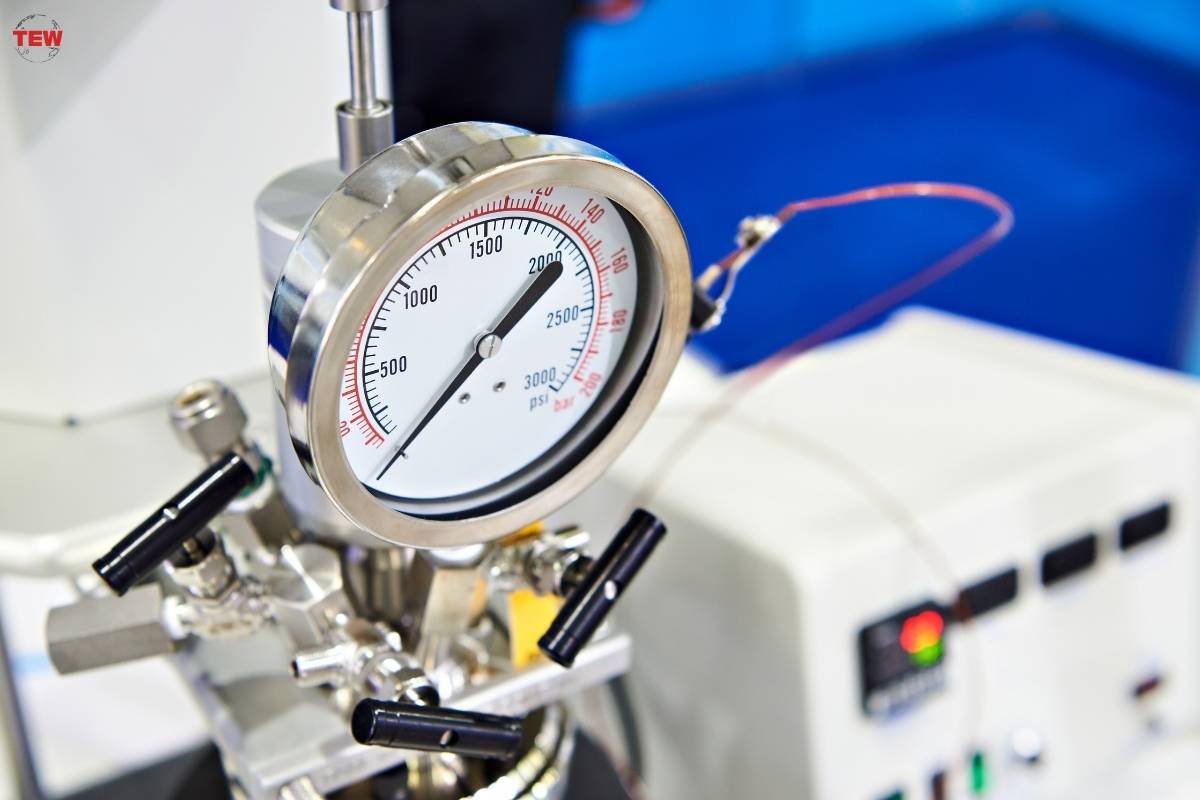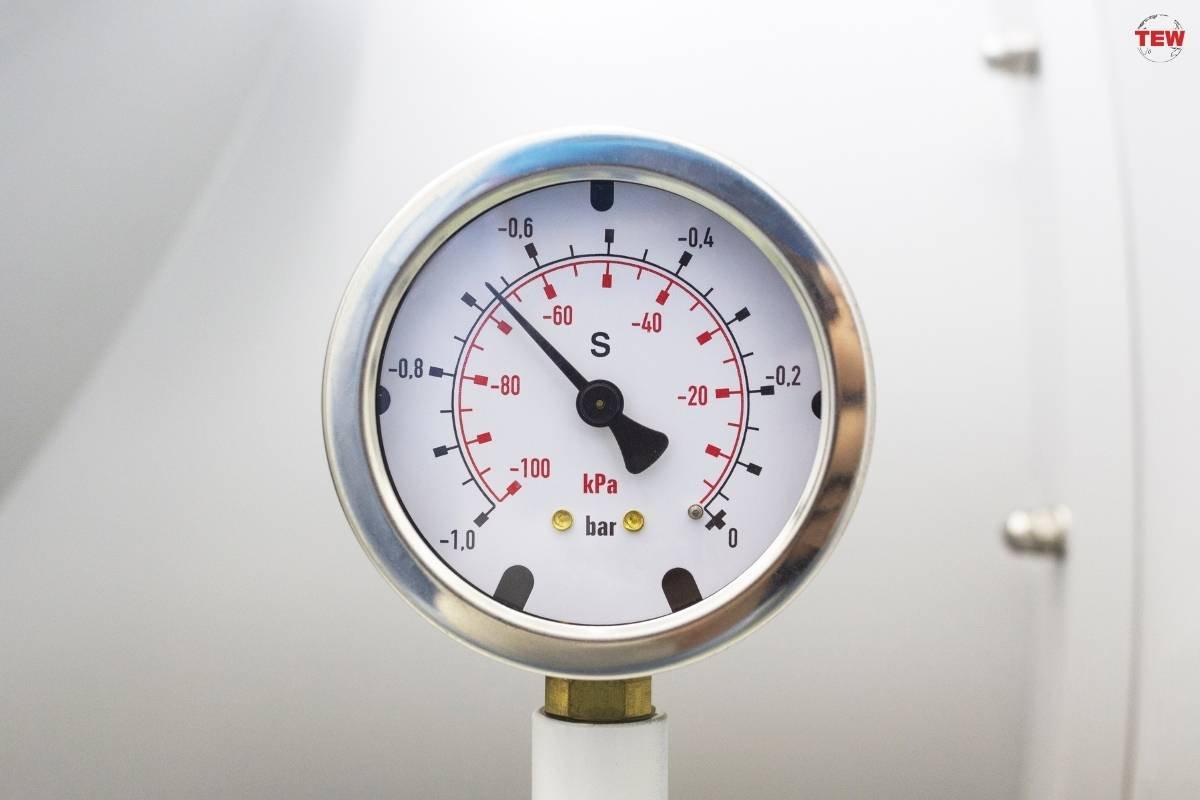No matter what industry you work in, whether it’s automotive, medical, industrial, or construction, keeping yourself and your fellow team members safe is of the utmost importance.
There is a wide range of devices that can be used in a working environment that can help manage health and safety and ensure that equipment is in proper working order and there’s no risk of malfunction or breakdown entirely.
One of the most commonly used devices in the workplace is an Industrial pressure sensor. This article will discuss the benefits of using pressure sensors and how they work.
What is an Industrial pressure sensor?
A pressure sensor is a device that is used to detect, control, and monitor a vast range of applications, including measurements of water, speeds, gas, altitude, and fluid flow.
They detect pressure and convert it into an electrical output signal. This means that applications that have pressure sensors installed will alert teams when pressure is increasing or decreasing outside of the required amount for that particular piece of equipment.
How do pressure sensors work?
A pressure sensor works by measuring a physical change that can happen as a reaction to pressure fluctuations.
After measuring the changes, the sensor will transfer the information into electrical signals, which can be displayed as usable data.

Teams are made aware of the changes in pressure and can act accordingly based on the information provided by the pressure sensor.
Pressure sensors can send out an alert when the pressure is measured to be too high or too low for the device. If the pressure is too high, this typically suggests that there are rupturing risks, whereas a loss of pressure points toward a leak.
Commonly used pressure sensor terminology includes:
- Gauge pressure: The measurement of pressure in comparison to ambient pressure
- Differential pressure: The pressure difference between two applied pressure values
- Vacuum pressure: Pressure measurement that is less than the surrounding atmospheric pressure
- Absolute pressure: When a measurement is relative to a pure vacuum of space, such as measuring altitude pressure changes

Different types of pressure sensors
You must find the right pressure sensor that is best suited to your project. There are seven different types of Industrial pressure sensors, which are designed and categorized according to the type of configuration they use to measure pressure changes:
- Aneroid barometer pressure sensors: Compact and durable, these sensors are commonly used to measure atmospheric pressure in an aircraft or environmental applications.
- Manometer pressure sensors: Most commonly used to calibrate equipment in a laboratory, but they are inadequate for dynamic pressure-sensing applications.
- Bourdon tube pressure sensors: These sensors are recommended for use in low-pressure applications that require precise measurements.
- Vacuum Industrial pressure sensors: Vacuum sensors measure the resistance of a heated sensor filament inside a gauge chamber. Thermal conductivity will demonstrate if pressure is low or high.
- Sealed pressure sensors: Commonly used to measure atmospheric pressure at sea level to establish depth.
- Piezoelectric pressure sensors: Mainly used for measuring dynamic pressure, such as engine combustion applications.
- Strain gauge pressure sensors: These sensors are often used for long-term monitoring tasks, such measuring as compression, tension, and residual stress.





